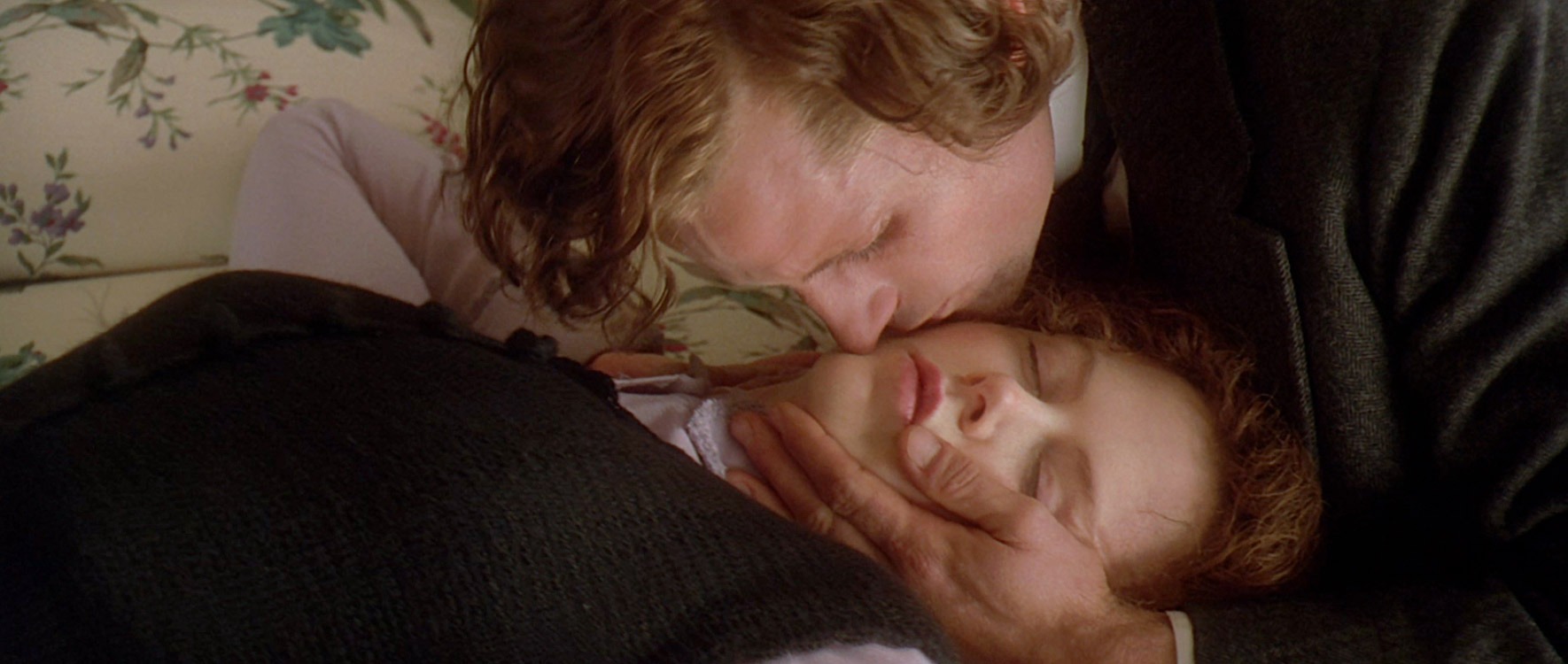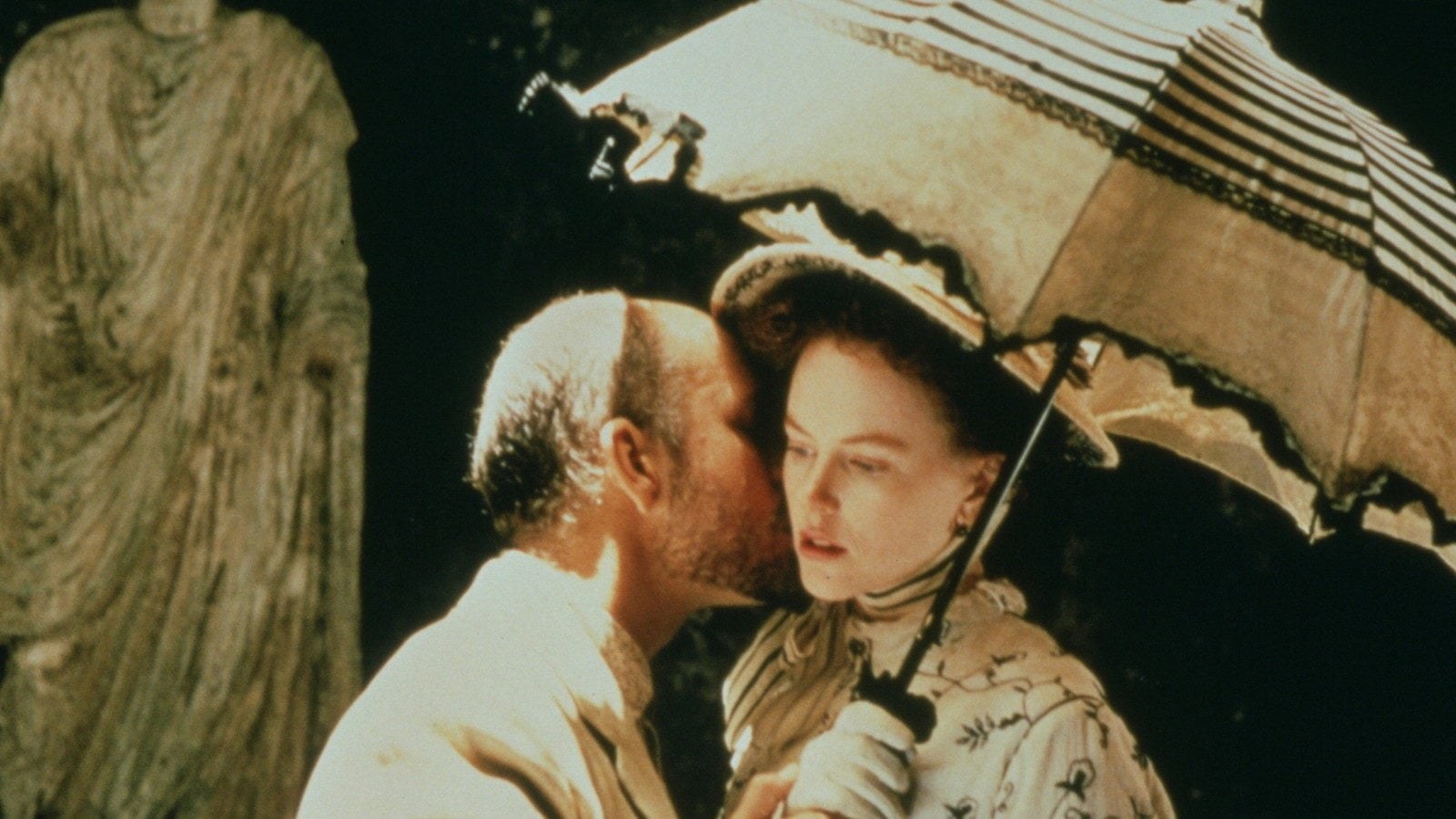The Portrait of a Lady (1996)

The Portrait of a Lady is a 1996 British-American film directed by Jane Campion and adapted by Laura Jones from the 1881 novel by Henry James. The film stars Nicole Kidman, Barbara Hershey, John Malkovich, Mary-Louise Parker, Martin Donovan, Shelley Duvall, and Richard E. Grant. It is a period drama that delves into themes of independence, love, betrayal, and the societal expectations of women during the 19th century. With its lush cinematography and strong performances, the film offers a compelling exploration of the complexities of human relationships.
The plot follows Isabel Archer (Nicole Kidman), a young American woman who is rich in beauty and spirit. She travels to Europe with her wealthy aunt, Lydia Touchett (Barbara Hershey), where she is introduced to a number of potential suitors. Isabel is a woman of intellect and ambition, seeking freedom and the chance to shape her own destiny. However, her journey takes a darker turn when she marries the charming but manipulative Gilbert Osmond (John Malkovich), a man who will ultimately control and constrain her life in ways she never imagined.
One of the most striking aspects of the film is its exploration of Isabel’s internal struggle. She is portrayed as a woman torn between her desire for independence and her emotional and social responsibilities. Isabel’s relationship with Osmond reveals her vulnerability and the harsh realities of the choices she faces. Her desire for autonomy is in constant conflict with the societal norms of the time, which dictate that women must marry and conform to certain expectations. This tension between personal freedom and societal obligation is a central theme of the film.

Jane Campion’s direction is highly praised for its ability to capture the emotional depth of the story while maintaining the aesthetic beauty of the 19th-century settings. The film’s cinematography, with its sweeping shots of European landscapes and intimate close-ups, reflects Isabel’s inner turmoil and the complexities of her relationships. The lavish costumes and period details further immerse the viewer in the world of the story, enhancing the emotional resonance of the narrative.

Nicole Kidman’s portrayal of Isabel Archer is a standout performance in the film. She brings a quiet strength and vulnerability to the role, perfectly capturing the character’s inner conflict and gradual transformation. Her nuanced performance allows the audience to empathize with Isabel’s struggles, making her journey both heartbreaking and relatable. The supporting cast, including John Malkovich as the sinister Gilbert Osmond, adds depth to the narrative and brings the story’s complex characters to life.

In conclusion, The Portrait of a Lady is a beautifully crafted adaptation of Henry James’s novel. Through its rich visual style, strong performances, and exploration of timeless themes, the film offers a poignant look at the challenges faced by women seeking autonomy in a society that seeks to control them. It remains a powerful and thought-provoking film, highlighting Jane Campion’s unique talent for telling emotionally resonant stories.











